Plenty of us Malaysia-based people, expats and locals alike, spend a lot of time in airports, as we travel internationally for work. But have you ever actually considered the best airports in the region?
If you’re going to spend so much time in these transit facilities, you may as well enjoy the best of what they have to offer – and maybe even alter your travel arrangements to take advantage of the nicest airports. Here’s Expat Go’s rundown of the best airports that Asia has to offer:
1. Kuala Lumpur International Airports (KLIA1)
Photo credit: Bianda Ahmad Hisham, KL: gracethang2
Malaysia’s own international airport starts the list, and it’s a worthy addition – KLIA1 has its very own Jungle Boardwalk, perhaps the coolest relaxation area in any airport in the world; a real outdoor space with walking paths. This is found in the satellite facility, Terminal C.
The airport is 35 miles south of the KL city centre, in Sepang – near the Grand Prix circuit – in Selangor state. The airport, code KUL, is the hub for Malaysia Airlines, MASkargo, AirAsia, AirAsia X, and Malindo Air.
Check out the website here.
2. Beijing Capital International Airport
Photo credit: fotohunter
32 km northeast of Beijing city centre, this is the hub for Air China, the flag carrier of the People’s Republic of China, as well as for Hainan and China Southern Airlines. The airport code is PEK, based on the city’s old English name Peking.
Beijing’s Terminal 3 is the second largest airport terminal in the world (after Dubai International Airport’s Terminal 3) and the sixth largest building in the world by area. It’s the busiest airport in Asia in terms of passenger traffic and total traffic movements, and has an enormous 72-outlet Global Kitchen facility.
Check out the website here.
3. New Delhi Indira Gandhi International Airport
Photo credit: Tooykrub, Delhi: saiko3p
The DEL airport in Palam, 16km southwest of Delhi city centre, had a major renovation in 2010. Since then, the facility – Terminal 3 in particular – has been gaining a lot of recognition.
Named after a former Prime Minister of India, the airport is a hub for Air India, AirAsia India, IndiGo, Jet Airways and Vistara. The airport has adopted Airport Collaborative Decision Making (A-CDM) software, an advanced take-off and landings management system, and has spas with showers, relaxation zones and sleeping pods.
Check out the website here.
4. Taiwan Taoyuan International Airport
Photo credit: cesc_assawin, Taiwan: Richie Chan / Shutterstock.com
Taiwan’s largest airport is located just outside of the capital of Taipei, about 40km from the city centre, in the Dayuan District of Taoyuan City.
The airport is the home base for China Airlines and EVA Air. The airport was formerly known as Chiang Kai-shek (CKS) International Airport, until the name was changed on 6 September 2006, when it took on the new name and the code it has today: TPE. The airport’s business centre has fast-track parking, a gymnasium and even a sauna.
Check out the website here.
5. Central Japan International Airport
Photo credit: TK Kurikawa
This airport is built on a man-made island in Ise Bay, Tokoname, near the city of Nagoya in the middle of Japan, which is about two thirds of the way from Tokyo to Osaka. Also known as ‘Centrair’, it’s the hub for Japan Airlines and ANA, or All Nippon Airways.
Centrair airport, code NGO, is one of only a few regional airports to be categorized as ‘first class’ by the Japanese aviation authorities – but that’s not surprising when you learn that it has its own traditional Japanese bathhouse and a 1,000-foot-long sky deck where passengers can look out over Nagoya Port.
Check out the website here.
6. Hong Kong International Airport
Photo credit: cozyta
HKG airport is the home to Cathay Pacific, Hong Kong Airlines, and Dragonair. Since opening in 1998, it has become the world’s busiest cargo gateway and one of the busiest passenger airports in Asia, and it is also one of the hubs of Oneworld Alliance.
It’s located on Chek Lap Kok, an artificial island off the coast of Hong Kong, on land reclaimed solely for the construction of the airport. As a result, the airport is known locally as Chek Lap Kok Airport to distinguish it from Kai Tak Airport, which is now closed.
Impressively, the airport facility, named the SkyCity Airport Development, includes its own golf course: the SkyCity Nine Eagles golf course near Terminal 2.
Check out the website here.
7. Tokyo Narita International Airport
Photo credit: Tooykrub
Found 37 miles outside of the centre of Japan, this airport, IATA code NRT, is situated in Chiba Prefecture between the city of Narita and Shibayama town. It is the main airport for air traffic into and out of the capital of Japan, and is a hub for All Nippon Airways, Japan Airlines and Jetstar Japan. It is also an Asian base for Delta and United Airlines.
It was originally known as New Tokyo International Airport when it opened in 1978 and has since grown in to the main international airport for Japan. On the south side of the facility is the Museum of Aeronautical Sciences, which has displays, including a turboprop aeroplane from the 1960s.
Check out the website here.
8. Bangkok Suvarnabhumi International Airport
Photo credit: Sorbis, Bangkok: tomgigabite
Located on the former scary-sounding Cobra Swamp in Racha Thewa, about 25 km east of Bangkok city centre, BKK airport is the hub for Thai Airways International, Bangkok Airways and Orient Thai Airlines.
Don Mueang airport used to have the BKK code, but no longer operates international commercial flights and took on the DMK code. ‘Suvarnabhumi’, as chosen by King Bhumibol Adulyadej, refers to the hypothetical Golden Kingdom. The airport has the world’s tallest free-standing control tower and, in 2012, was the most ‘Instragrammed’ place in the world.
Check out the website here.
9. Incheon International Airport
Photo credit: Pyast
Seoul’s international airport, located 48km west of the city centre, has been immensely popular for a few years now and in 2015, it was again voted not only the second-best airport in Asia, but also the world.
ICN airport opened in 2001, after being built on an island just outside of the South Korean capital, and is a home base for Korean Air, Asiana Airlines, Jeju Air, and Polar Air Cargo.
With some of the best facilities in the world, the airport has a spa, skating rink, casino, golf course and even houses the Museum of Korean Culture. It’s also very efficient; the average departure time is apparently just 19 minutes, as compared to the worldwide average of 60 minutes.
Check out the website here.
10. Singapore Changi Airport
Photo credit: Seqoya, Singapore: Tang Yan Song
Singapore’s airport has this year, once again, been crowned the best airport in Asia and the world. Located in Changi town, 17km northeast of Marina Bay in the city centre, SIN airport is home to Singapore Airlines, Singapore Airlines Cargo, SilkAir, Jetstar Asia Airways and Tigerair.
The airport is not only one of the world’s busiest, but one of the most attractive, with much praise about is architecture and amenities. It features a cinema, spa and entertainment area and even has a rooftop swimming pool. Perhaps most incredibly, Changi airport is home to the country’s tallest slide – a 40-foot corkscrew slide, inside Terminal 3.
Check out the website here.
For all the travelers out there: have we missed any airports from this list? Which are your favorites? Let us know in the comments below.
Read More: 7 Harmful Effects from Flying
"ExpatGo welcomes and encourages comments, input, and divergent opinions. However, we kindly request that you use suitable language in your comments, and refrain from any sort of personal attack, hate speech, or disparaging rhetoric. Comments not in line with this are subject to removal from the site. "



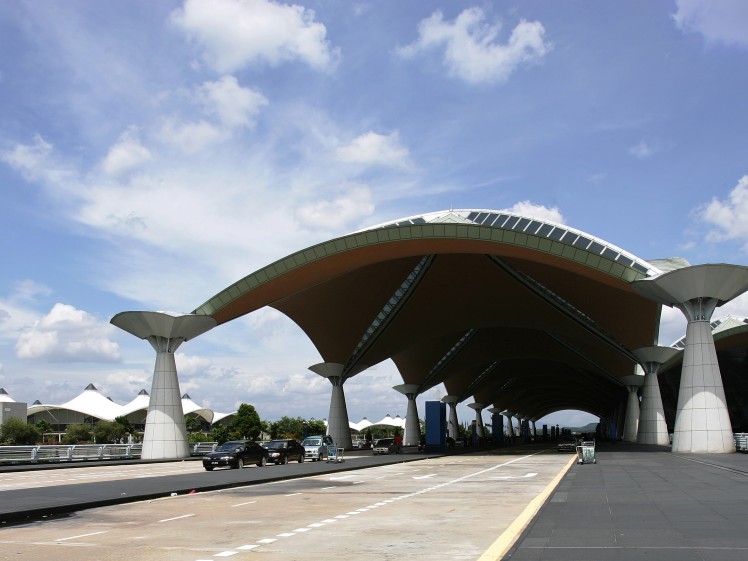
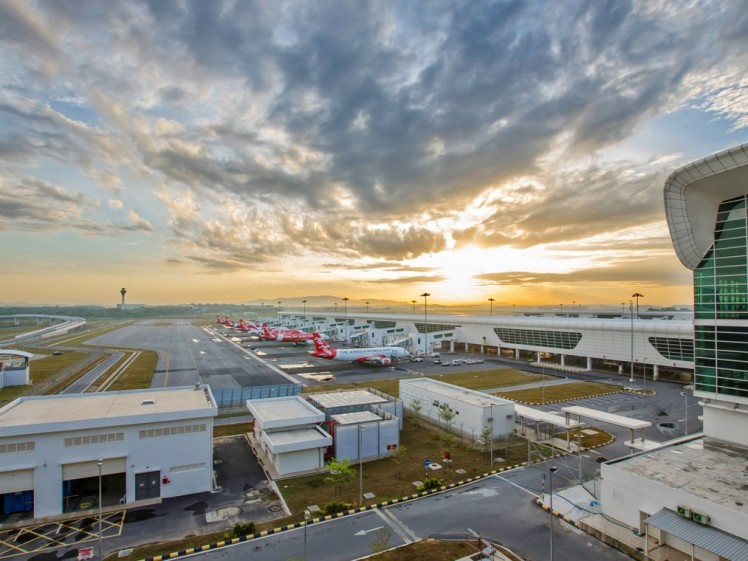
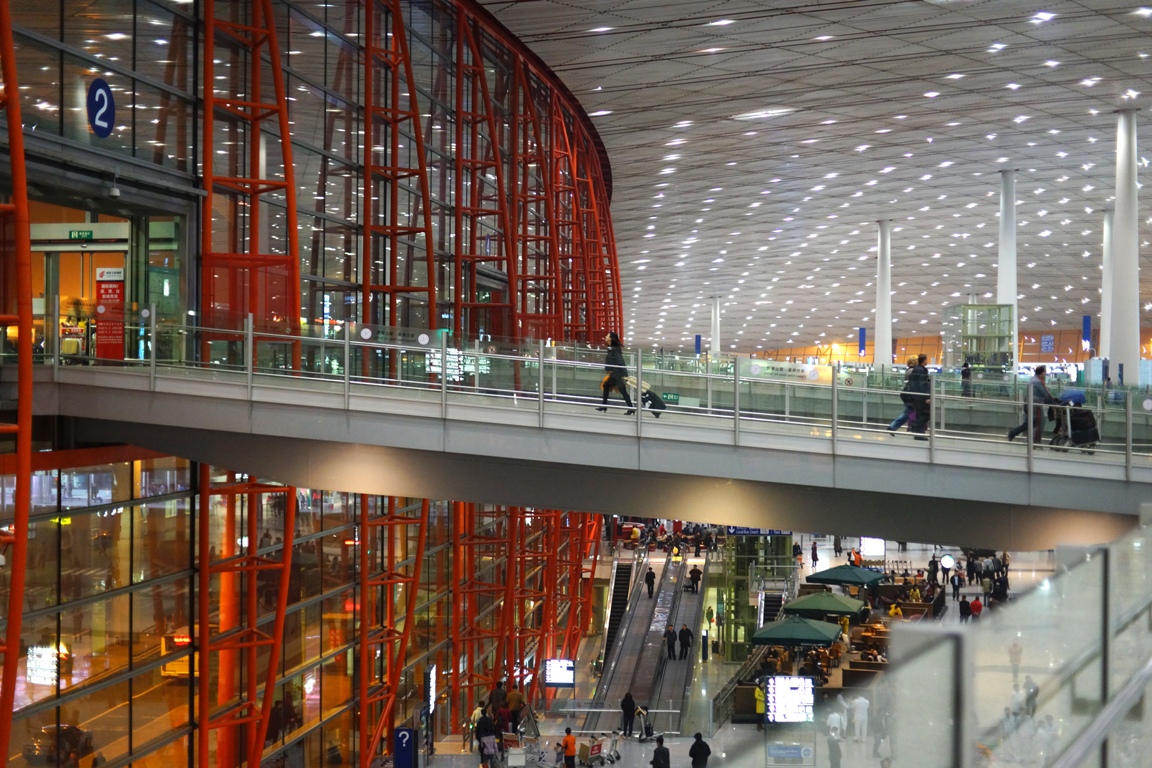

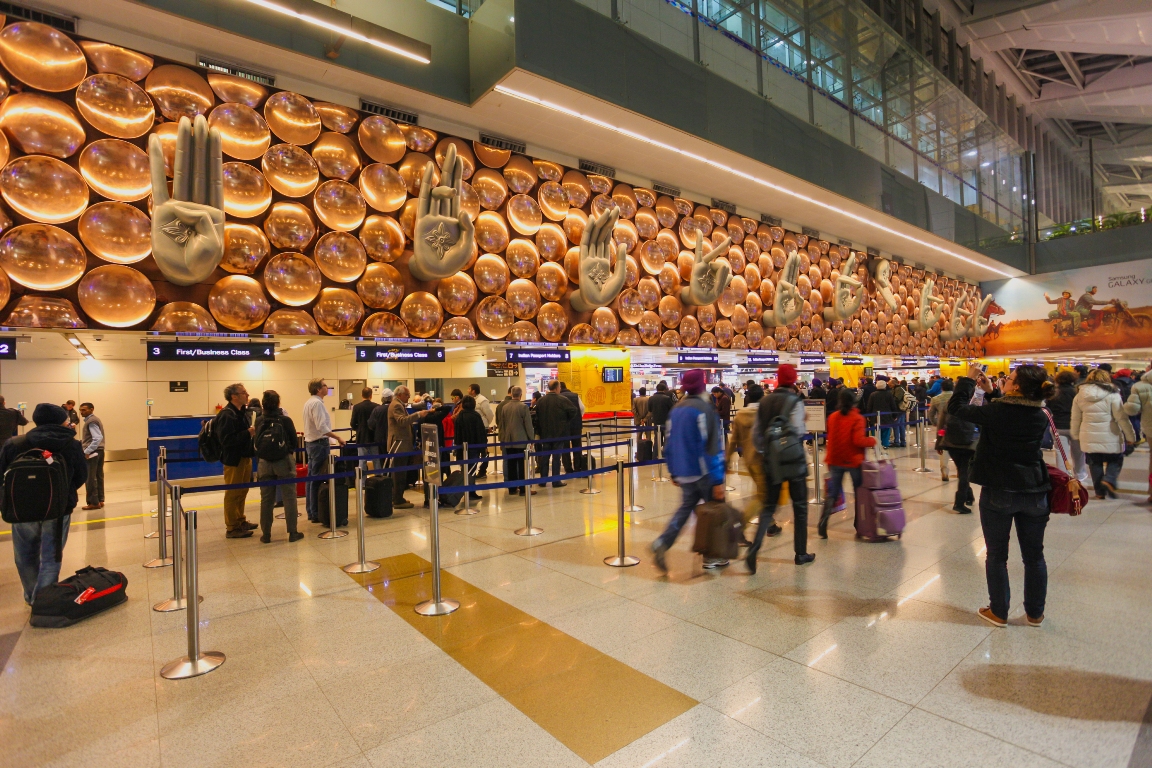
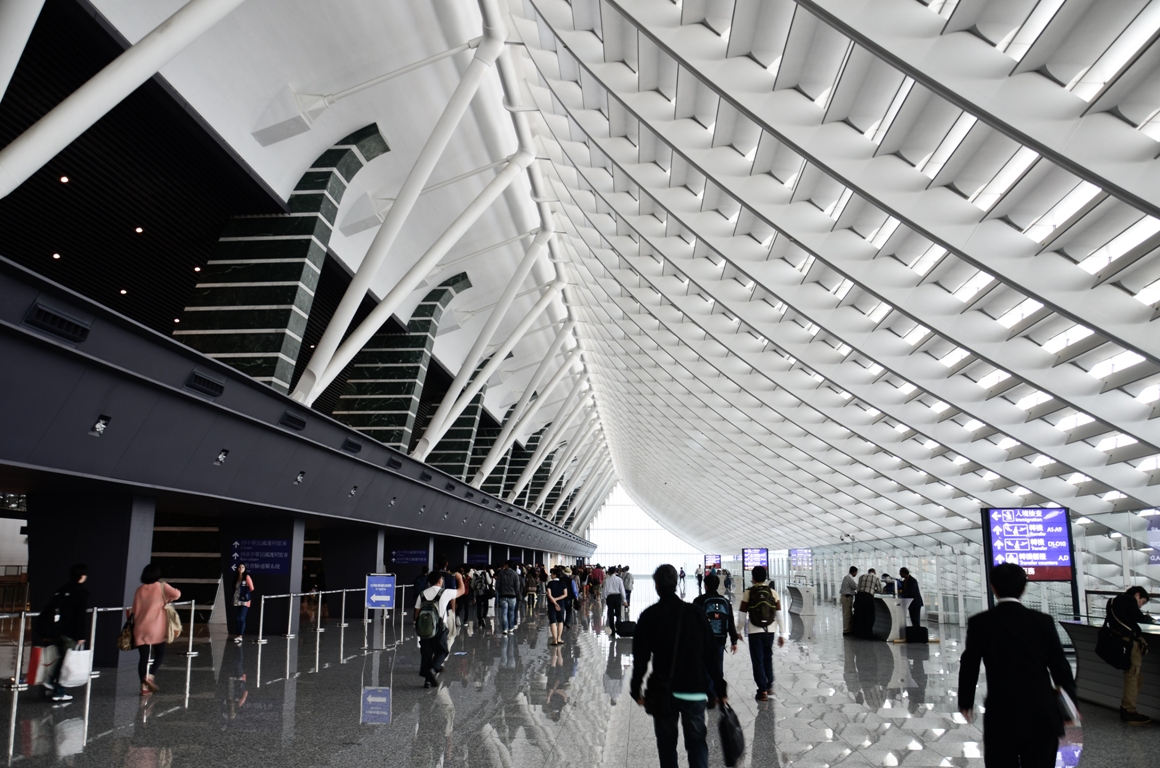

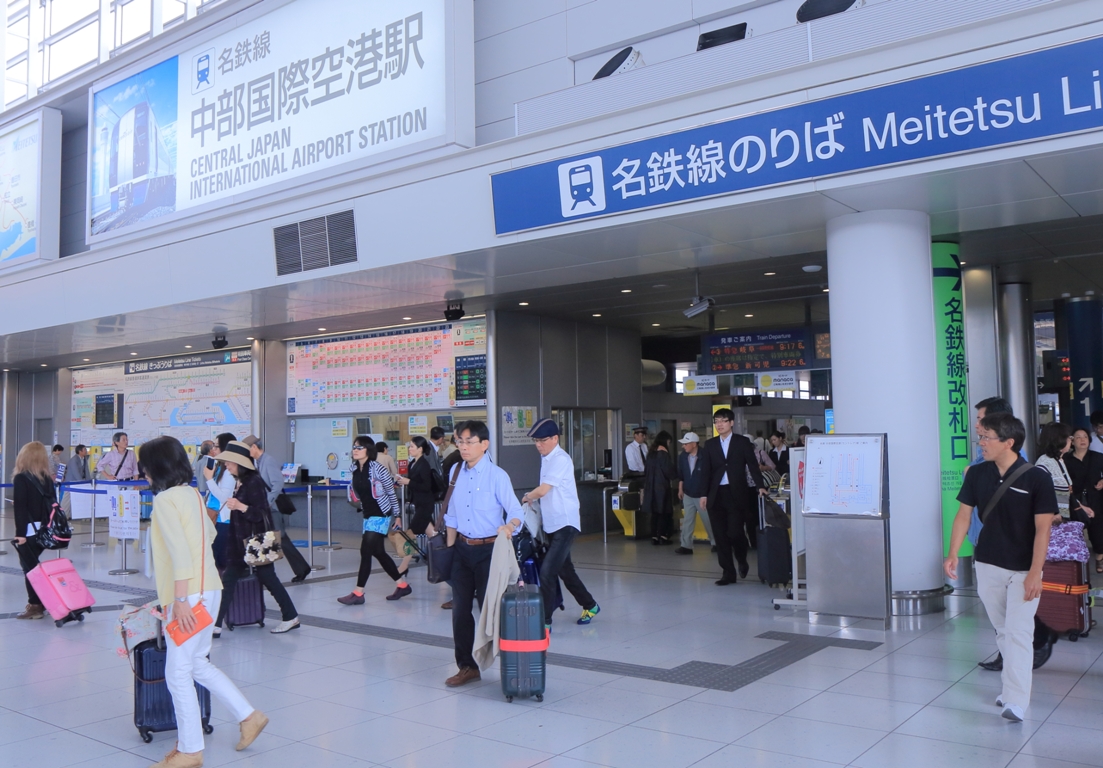

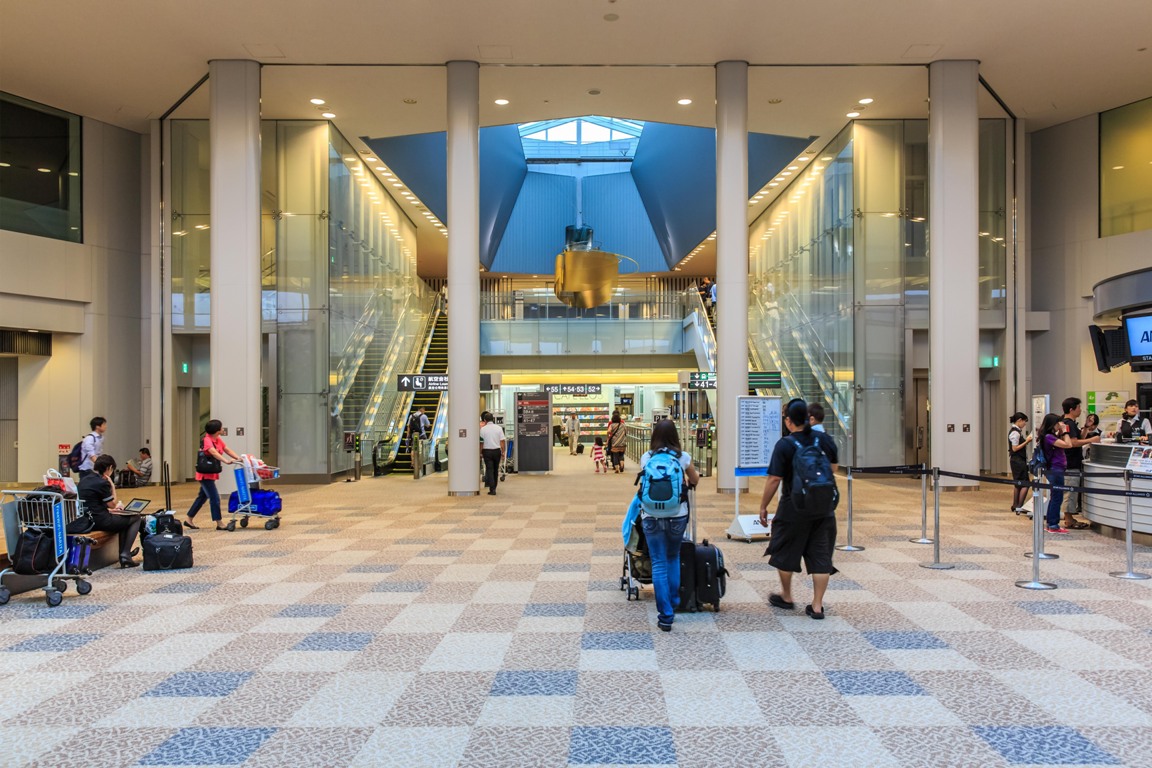
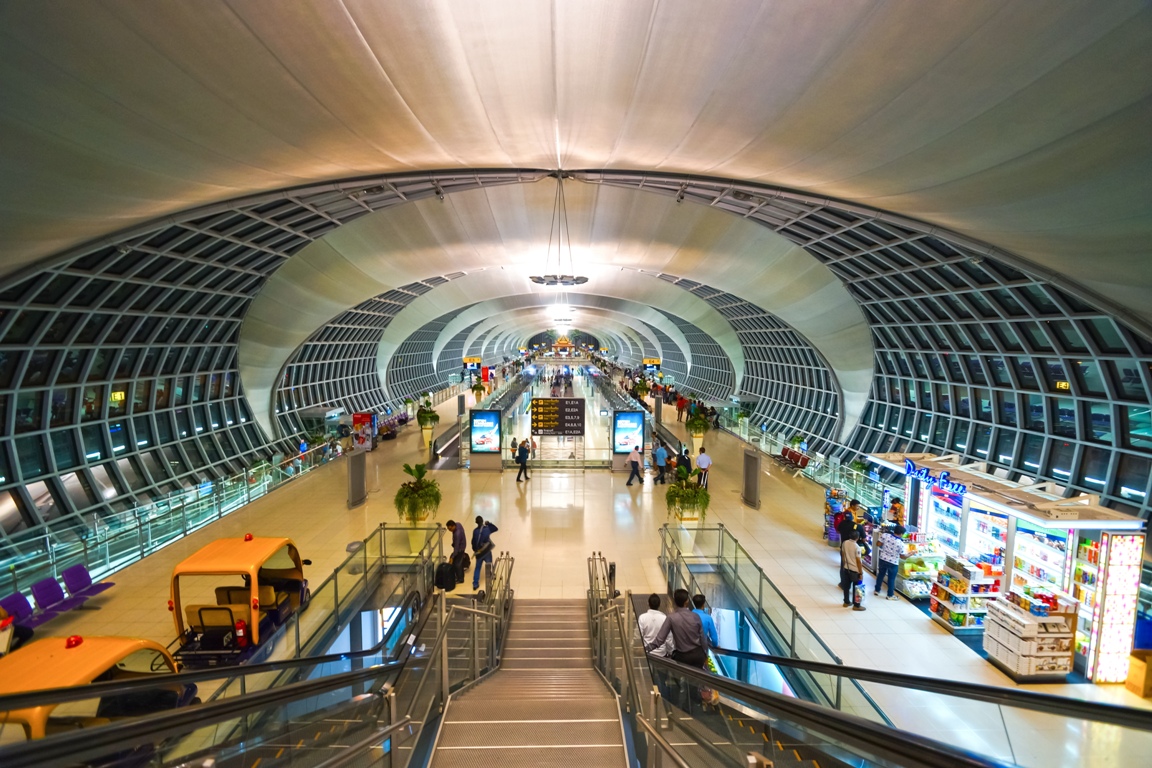
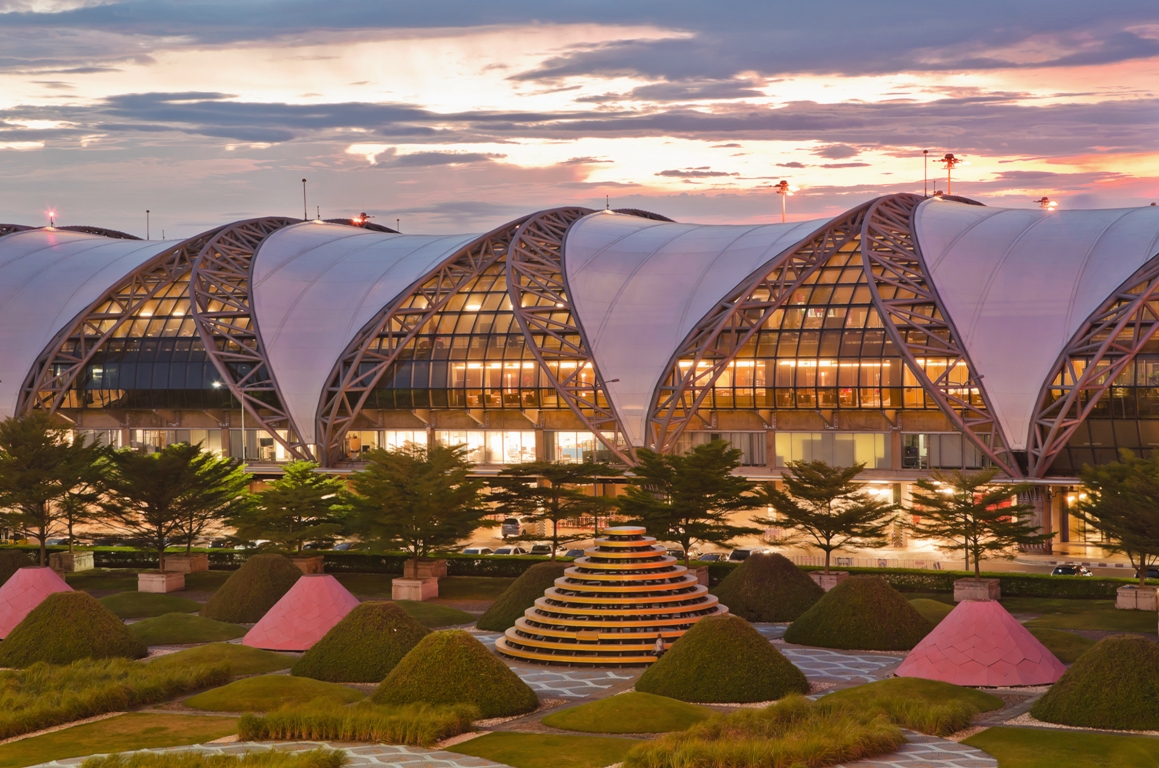
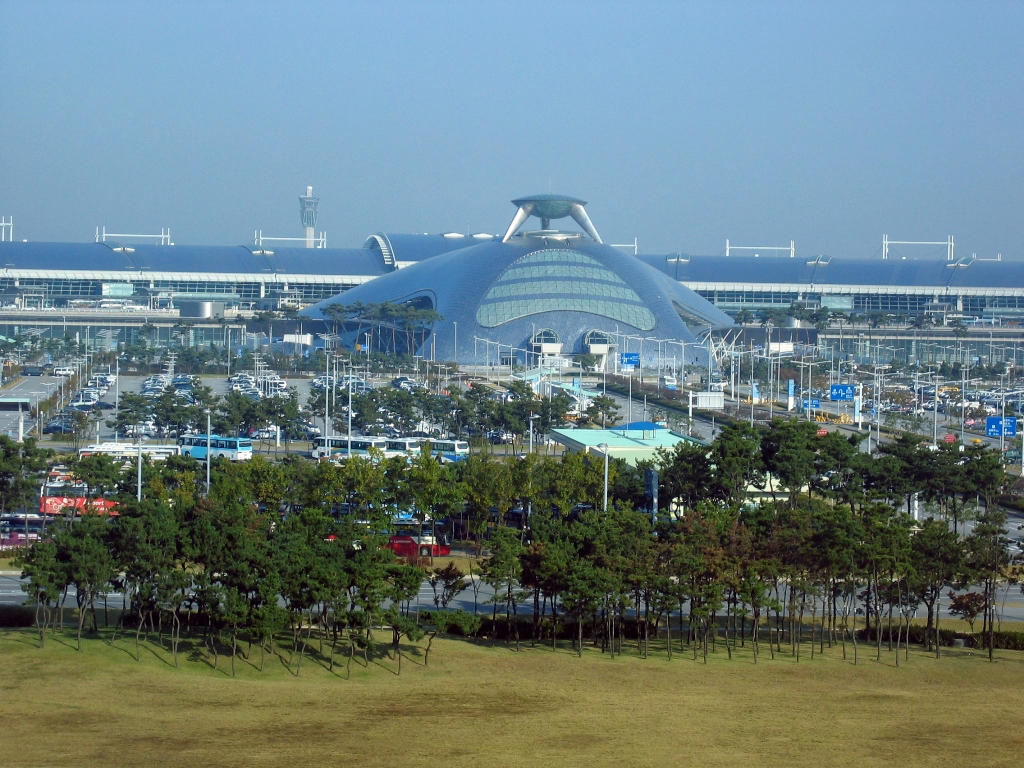
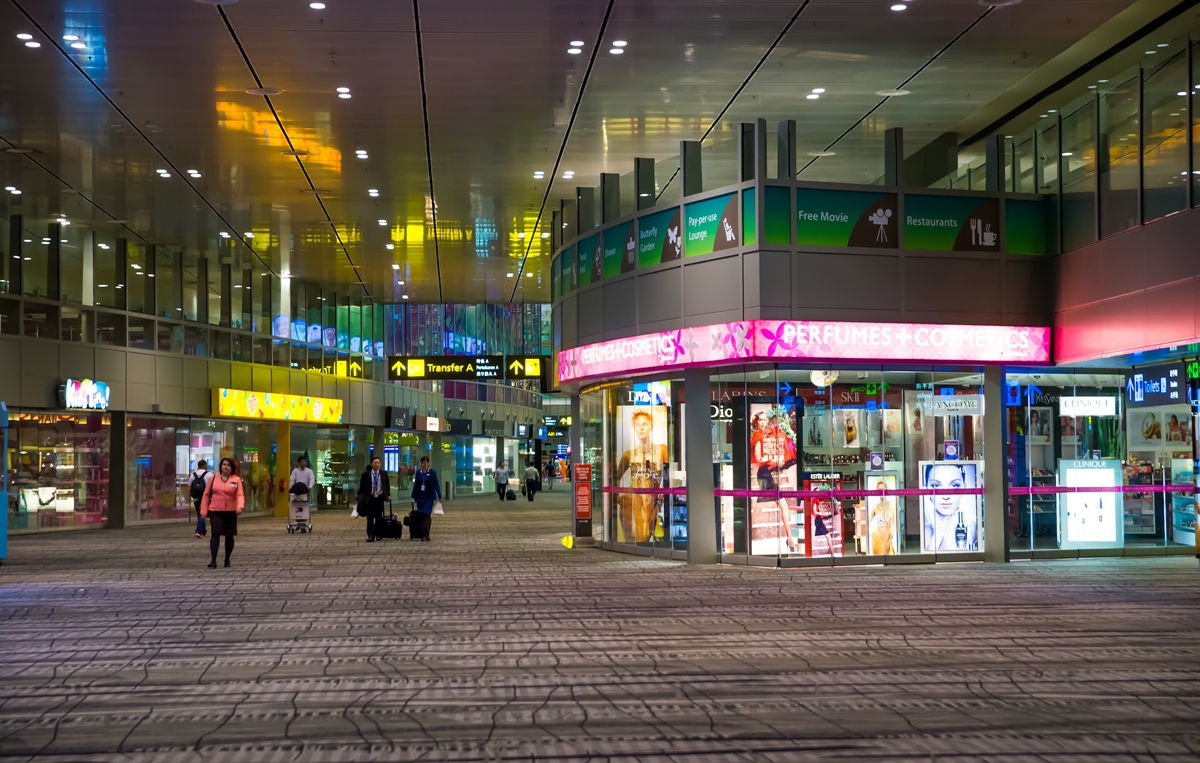



















Pity the KLIA1 has the wrong pic – all the Air Asia planes are at KLIA2 – someone doesn’t know their airports – KLIA2 is not in this rating
I have only been to 6 out of 10! HK and Changi are my top ones